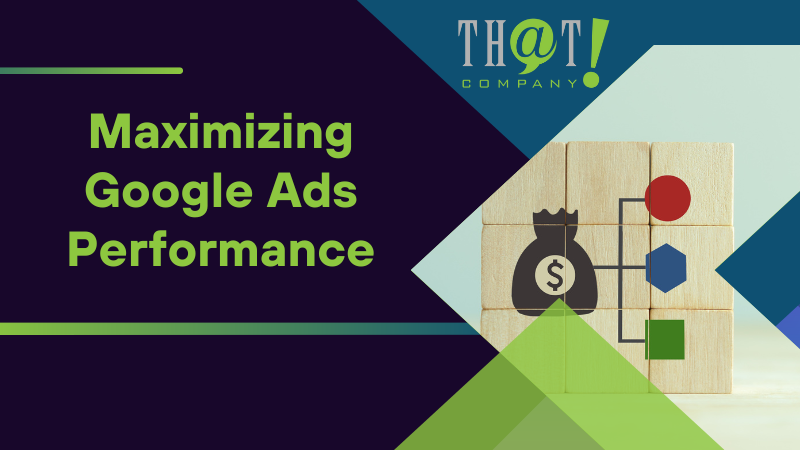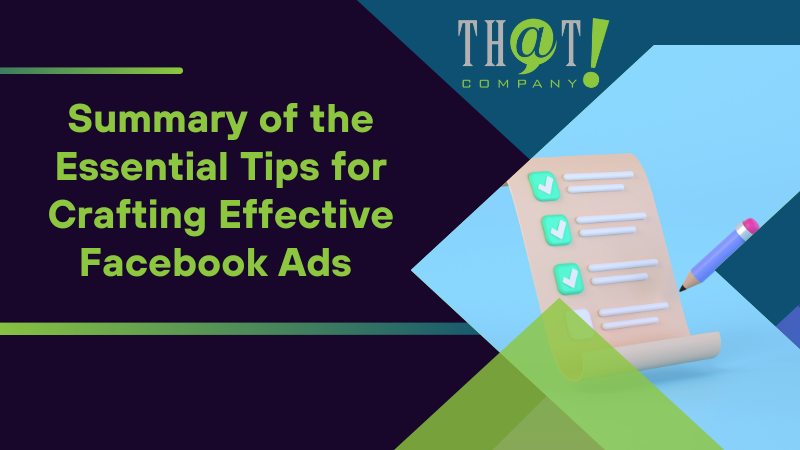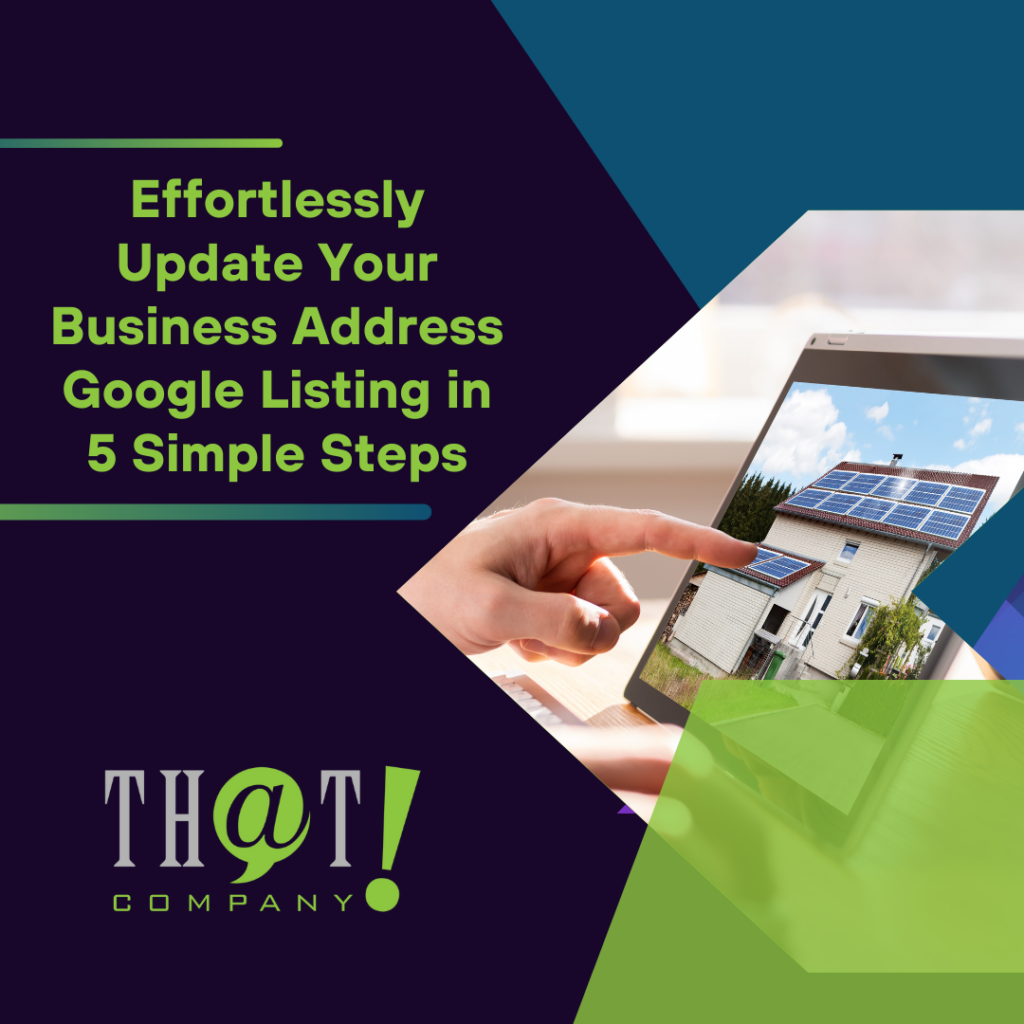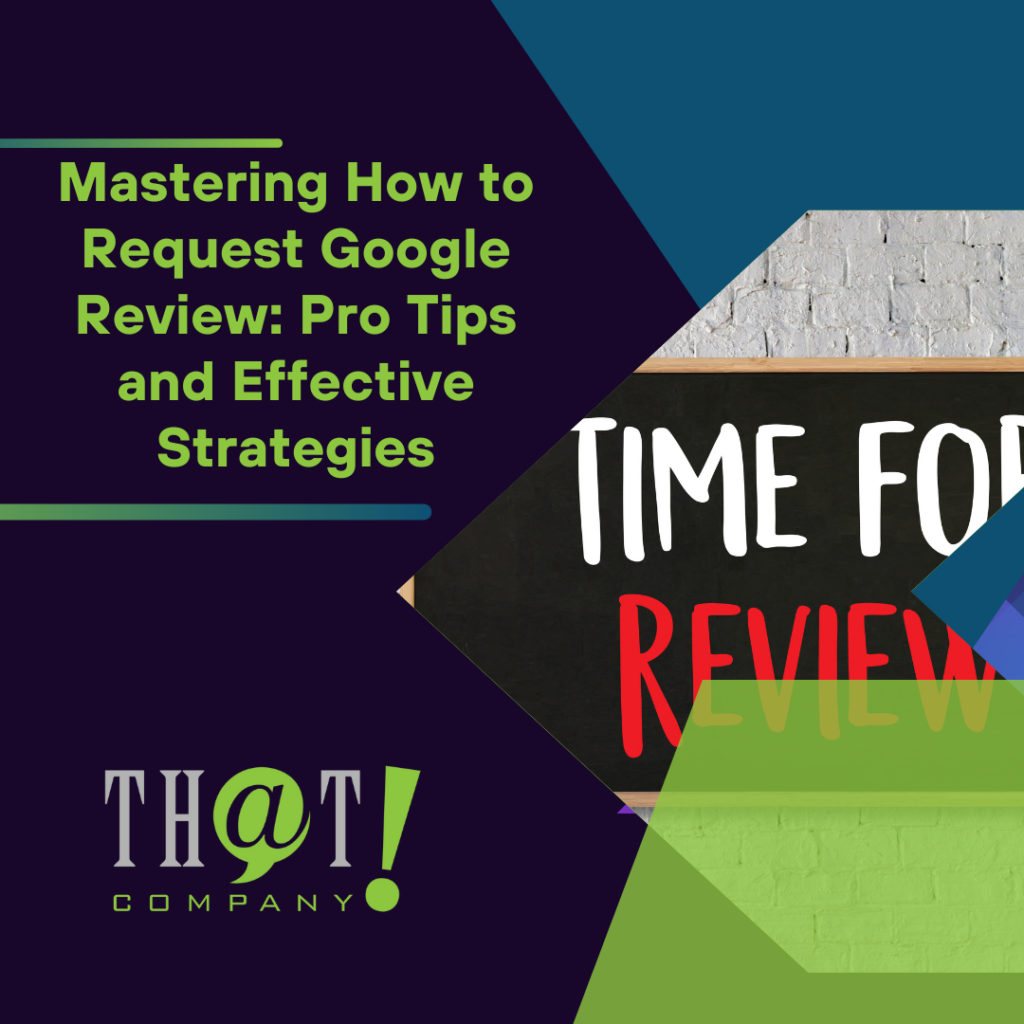
Need concrete inspiration for your Google Ads? This article delivers a selection of google ad examples that have made a mark across diverse industries. Learn from the creativity and strategic execution that brought these ads success, to apply key takeaways and elevate your own advertising efforts.
Key Takeaways
- Google Ads is a complex yet powerful pay-per-click platform that requires a strong understanding of its features and strategies, including the use of different campaign types and keywords for targeting specific demographics and intents.
- Effective ad creation within Google Ads involves crafting compelling headlines, engaging ad copy, and strong calls-to-action, while also considering elements such as ad extensions and the relevance of landing pages.
- Maximizing performance in Google Ads campaigns involves continuous monitoring, optimization through strategies like keyword targeting and smart bidding, and leveraging automation tools for efficient campaign management.

Understanding Google Ads
Google Ads is a pay-per-click google ads platform that allows advertisers to display their ads on Google’s search engine results page, driving targeted traffic to their business. It’s like a massive billboard in the digital realm, only smarter and more focused. To navigate this platform effectively and manage your google ads account, understanding its terminology, such as ‘ad group,’ ‘audience segments,’ and ‘your data,’ is crucial.
Setting up a campaign in Google Ads requires aligning with the business’s objectives and selecting the right strategies to reach the desired customer demographic. It’s like preparing for a journey, where you need to understand the destination and the best route to reach it. But don’t worry, Google Ads provides consolidated reports on audience demographics, segments, and exclusions, making your journey smoother and more insightful.
Importance of Google Ads
Think of Google Ads as a power tool that can significantly generate leads, contributing to their importance in digital marketing strategies. It’s like a magnet that pulls relevant traffic towards your business. Businesses targeting relevant keywords in their ad campaigns can enhance discoverability and sales, especially when using long-tail keywords for precise audience targeting. It’s like fishing with a specialized lure that attracts only the type of fish you want.
And that’s not all. Google Ads also provides the opportunity to add another layer of engagement without extra cost by using a variety of ad formats and incorporating Ad Extensions. This improves user interaction with ads, making them more appealing and effective.
Types of Google Ads campaigns
Just like a painter has a palette of colors to choose from, Google Ads offers a variety of campaign types to cater to different advertising goals. Each campaign type serves a unique purpose and targets a specific audience demographic.
For instance, there are different types of google ads campaign you can run on Google Ads:
- Search campaigns: These utilize text ads on Google’s SERPs and are suitable for businesses that aim to generate leads or purchases.
- Display campaigns: These feature image-based ads across the Google Display Network and target placements and audiences rather than direct keywords.
- Video campaigns: These are especially useful for products or services that are best explained visually and aim to boost brand awareness.
For ecommerce retailers and local stores, Shopping campaigns promote specific products and product lines with ads that show detailed product information. App campaigns target app downloads and engagement, showing across various platforms such as Google Search, Play Store, YouTube, and the Google Display Network. Each campaign type is like a different paintbrush, used to create a distinct stroke on the canvas of your marketing strategy.

The Art of Crafting Compelling Google Ads
In the world of Google Ads, crafting compelling ads is an art in itself. It’s like composing a symphony where each element plays a crucial role in creating a harmonious ensemble. A standard Google Ad comprises a headline, a text copy, and a call-to-action (CTA). Each of these elements must be designed to captivate the attention of your target audience and motivate them to take action.
A good ad copy appeals to the specific target audience, focusing on a brand’s unique features while aligning with target keywords and searcher’s intent. It’s like a melody that resonates with the listener, striking a chord with their needs and desires. For enhanced performance, ad copy variation, and A/B testing are recommended to identify the most effective messaging. It’s like tuning your musical instrument to the perfect pitch to ensure the best performance.
To make your Google Ads more relatable and engaging for your audience, incorporating a human touch in your ad copy can be fruitful. It’s like adding soul to your symphony, touching the hearts of your listeners and making them more connected to your brand.
Headlines
The headlines of your Google Ads are like the opening notes of your symphony, setting the tone for the entire performance. Composing three headlines for a Google Ad is recommended, ensuring that they complement each other and avoid repetition. Each headline should be concise, eye-catching, and motivate readers to learn more about the offer.
Just like a music conductor brings emphasis to certain notes, the effectiveness of headlines can be improved by capitalizing the first letter of every word, making them stand out to readers. This subtle change can make a significant impact, catching the reader’s attention and drawing them into your ad.
Ad Copy
The ad copy in your Google Ads is like the body of your symphony, carrying the melody and engaging the audience. To earn sufficient clicks to validate the cost of the ads, the ad copy must match the searcher’s intent. For services with high immediacy, like plumbers, emphasizing 24/7 availability and same-day service can align the ad copy with searchers’ immediate needs.
Incorporating specific benefits customers are looking for in the ad copy can make it more appealing. For instance, for dog care services, highlighting a low dog-to-staff ratio can attract potential customers. Moreover, discount offers can draw attention to Google Ads, especially when connected to high-intent keywords showing strong purchase readiness. Displaying unique benefits that distinguish a business from its competitors can significantly enhance the appeal of the ad copy.
Call-to-Action (CTA)
The Call-to-Action (CTA) in your Google Ads is like the crescendo of your symphony, building up to the climax and compelling the audience to respond. A compelling CTA, like ‘Get offer’ used by LeadsGorilla YouTube ad, contributes significantly to the effectiveness and conversion success of the ad.
Moreover, employing personalized and authoritative CTAs such as ‘See my options’ can greatly enhance the click-through and conversion rates. The ad landing page plays a crucial role in the conversion process as it should directly solve the user’s problem or answer their question, reinforcing the CTA’s message.
Best practices for landing page optimization, such as seamless user experience and alignment with the CTA, are critical to increasing conversion rates.

15 Inspiring Google Ad Examples
Just like a muse inspires an artist, successful Google Ad campaigns can inspire businesses to create their own masterpieces. Various industries have employed creative strategies in their Google Ads, such as bidding on competitor’s brand names, emphasizing unique selling points, and targeting visitors’ intents. These strategies are like different strokes of a brush, each adding its unique touch to the canvas.
Some ads, including shopping ads, have taken unique approaches to stand out. For instance:
- HoneyBook used humor while bidding on a competitor’s name
- Semrush targeted ‘Semrush alternative’ to capture users considering competitors
- Snapfish and Morton’s Steakhouse tailored their Google Ads with direct incentives and easy conversion paths to engage users ready to take action.
The key takeaways from these Google Ad examples are the importance of addressing the target audience’s needs, leveraging brand personality, and including compelling CTAs and social proof. These strategies are like the colors on an artist’s palette, each adding depth and dimension to the final masterpiece.
Example 1 – Emphasizing Unique Selling Points (USP)
In the world of art, a unique style or technique can make an artist stand out. Similarly, in Google Ads, emphasizing unique selling points can make your ad distinctive and attractive. For instance, HoneyBook emphasizes its unique selling point in a Google Ad by engaging with a competitor’s brand name. In the same ad, HoneyBook uses sitelinks to provide extensive information about its unique offerings.
This strategy is like an artist highlighting their signature style in their artwork to attract attention and appreciation.
Example 2 – Leveraging Social Proof
Just as an artist’s reputation can enhance the appeal of their artwork, social proof can increase the effectiveness of Google Ads. In Google Ads, social proof increases trust and credibility with potential customers. User reviews are integral in making a Google ad campaign successful by highlighting credibility and trustworthiness to potential customers.
Businesses can showcase credibility in Google Ads by:
- Displaying customer feedback and ratings, which build trust and appeal to new customers
- Declaring that they are ‘trusted by the largest brands’
- Underlining specific benefits through subheadings in the ad
For instance, Botify effectively utilizes social proof in their Google Ad.
Example 3 – Addressing Pain Points
Just as an artist might depict a poignant scene to evoke emotion, addressing your customers’ major pain points in a Google Ad can effectively capture their attention by directly addressing their key concerns. A successful tactic in addressing customers’ concerns is to describe how your product or service solves those specific issues. For instance, WP Engine’s Google Ad addresses common pain points by highlighting speed and security in the headline, thus assuring the audience that these key concerns are solved.
The advertisement provides a clear solution by offering a guide and promoting a risk-free switch, ensuring the audience understands the ease and safety of changing to WP Engine’s services. This strategy is akin to a poignant artwork that addresses a social issue, compelling the viewer to take action.

Maximizing Google Ads Performance
Maximizing Google Ads performance is like fine-tuning a musical instrument to ensure it produces the best sound. It involves focusing on long-tail keywords, especially those with purchase intent, which can lead to more specific targeting and less competition. To block irrelevant traffic and conserve the ad budget, the inclusion of negative keywords helps prevent ads from appearing during unrelated searches.
Utilizing Google’s In-Market Segments allows for the identification of audiences more likely to convert and strategically targeting them in ad campaigns. Employing Remarketing Lists for Search Ads (RLSAs) can optimize search campaigns by focusing on users who have previously interacted with the website. Regular analysis of Google Ads data is critical for iterative adjustments to campaign elements to prevent budget wastage.
Integrating Google Ads with Google Analytics enriches the optimization process with deeper audience insights. Investigating campaign specifics, such as audience demographics and the times ads are displayed, aids in refining targeting strategies and scheduling. Shifting focus from vanity metrics to tangible performance indicators such as conversion rate, cost-per-action, and return on ad spend is essential for effective ad performance tracking.
Maintaining high ad quality, via the relevance of ad copy and the potency of calls-to-action, is critical for achieving a higher ad rank and superior ad performance.
Keyword Research and Targeting
Keyword research and targeting in Google Ads is akin to a musician carefully selecting the notes that will create a harmonious tune. Effective keyword research is crucial for paid ads because effectively targeted keywords match the searcher’s intent and significantly impact Google Ads ROI.
Match Types in Google Ads, such as:
- negative match
- phrase match
- broad match
- exact match
Along with strategic bidding, determine the ad’s ranking and visibility for relevant search queries.
Businesses can strategically target high-intent keywords and those used by competitors to capture audiences at the decision-making stage. Effective Google Ads campaigns take into account geographical location and targeted audiences to ensure ads reach the most relevant potential customers. Advertisers can select keywords by conducting keyword research or using Google’s recommendations, with examples such as Snapfish targeting high-intent keywords with discounts in their ads.
Ad Extensions
Think of ad extensions as the extra strings on a guitar that add more depth and richness to the music. Ad extensions in Google Ads enhance your ad by supplementing it with additional information, providing more value to potential customers at no extra cost. It’s like adding extra layers to your melody, making it more appealing and engaging.
Types of ad extensions include assets such as:
- Call extensions
- Location extensions
- Sitelink extensions
- Price extensions
These extensions provide useful additional details alongside the main ad content. They are like the variations in a musical piece that make it more interesting and captivating for the audience.
Monitoring and Optimization
Monitoring and optimization in Google Ads are akin to a musician practicing and perfecting their performance. Successful Google Ads campaigns require ongoing monitoring and adjustments to maintain and improve performance over time. It’s like tuning your instrument regularly to ensure it produces the best sound.
Zapier’s integration with Google Ads allows for the automation of Google Ads workflows. Automation is key in adjusting campaign budgets using custom distribution patterns to optimize expenditure. Customizable performance reporting templates are available to evaluate the effectiveness of Responsive Search Ads. It’s like having a music teacher giving you feedback and suggestions to improve your performance.

The Role of Automation in Google Ads Management
Automation in Google Ads management is like a music maestro directing the orchestra, streamlining the performance and ensuring harmony. Google’s ‘Solutions’ is a newly introduced tool within Google Ads, aimed at streamlining campaign management by automating tasks. It’s like a conductor guiding each instrument to play at the right time, creating a harmonious symphony.
‘Solutions’ includes customizable templates for key campaign needs such as:
- Performance reporting
- Anomaly detection
- URL validation
- Budget optimization
- Negative keyword management
Designed with a user-friendly interface, the ‘Solutions’ tool is accessible to advertisers of all levels of technical expertise. By automating repetitive tasks such as generating performance reports and managing budgets, ‘Solutions’ allows advertisers to concentrate on strategic planning and optimization efforts.
Smart Bidding Strategies
Smart bidding strategies in Google Ads are akin to a skilled musician who knows when to play softly and when to hit the high notes. Google Ads offers two options for bidding on keywords: automated and manual bidding. It’s like having the freedom to play freestyle or follow the sheet music.
Smart bidding strategies utilize machine learning to optimize bid adjustments in real-time, maximizing ROI for businesses. It’s like a musician who can read the audience’s mood and adjust their performance accordingly. Setting a Cost Per Acquisition (CPA) allows businesses to pay only when a user takes a specific action, like converting into a customer. It’s like playing a paid gig where the musician gets paid when the audience applauds.
Responsive Search Ads
Responsive search ads in Google Ads are like a jazz musician who can improvise on the spot, creating a unique performance every time. It allows for the creation of dynamic search ads by entering multiple versions of headlines and ad copy. It’s like a jazz musician playing different variations of the same tune, creating a unique performance each time.
Google’s Responsive Google Search Ads feature employs machine learning to automatically test various search ad combinations and optimize performance. It’s like a musician who experiments with different notes and rhythms to create the most appealing melody.

Partnering with a White Label Google Ads Agency
Partnering with a white label Google Ads agency is akin to a band hiring a skilled producer to perfect their sound. White label Google Ads agencies enable businesses to offer expert Google Ads management to their clients while allowing them to focus on their primary business operations. It’s like a band focusing on creating music while the producer handles the recording, mixing, and mastering.
Collaborating with a white label agency can save on the costs associated with building and maintaining an in-house PPC team, including:
- Recruitment
- Salaries
- Training
- Specialized tools
White label digital marketing services can rebrand and resell That! Company’s advertising services as their own, which streamlines their service offerings without the need to invest in additional resources or personnel.
That! Company specializes in providing white label Google Ads Management services for agencies looking to outsource this expertise. That! Company is recognized as ‘The Google Ads Agency That Other Google Ads Agencies Use,’ highlighting its prestigious position in the market and trust from the industry peers. It’s like having a Grammy-winning producer working on your music, ensuring a top-notch production value.
Benefits of White Label PPC Services
White label PPC services are like a skilled music producer who brings out the best in a band’s performance. White label PPC is a service where an agency outsources management of PPC campaigns to a provider, who then manages the campaign using its tools and processes. It’s like a band hiring a producer to handle the technical aspects of music production while they focus on creating music.
Agencies can offer PPC services under their own brand and grow their revenue stream by leveraging white label PPC services. White label PPC services enable agencies to:
- Expand their digital marketing offerings
- Satisfy a broader client base without sacrificing operational efficiency
- Offer flexible and scalable solutions that adjust to client needs
- Provide a cost-effective service for agencies to resell
Clients benefit from high-quality PPC management through white label services which leads to increased satisfaction and fosters stronger, long-term agency-client relationships. It’s like a band gaining popularity and fan loyalty by consistently producing high-quality music.
Choosing the Right White Label PPC Agency
Choosing the right white label PPC agency is like a band selecting the right music producer to work with. Qualifications, such as Google certifications, and partnerships with major advertising platforms like Google Ads are essential factors to consider when choosing a white label PPC agency. It’s like selecting a producer who is skilled, experienced, and has a good reputation in the music industry. Learn more about white label Google to get more information.
Agencies should verify that their white label PPC partner has a strong track record of success, particularly within the client’s industry, to ensure relevant experience and strategic insight. White label PPC agencies may offer a variety of pricing options, including flat fees, percentages of advertising spend, and wholesale pricing, which should be evaluated to align with clients’ budgets and campaign objectives. It’s like choosing a producer who understands the band’s genre and style, and offers competitive and flexible pricing.
Enhancing Client Relationships with White Label PPC
Enhancing client relationships with white label PPC services is like a band building a strong bond with its fanbase. Custom branded reporting from white label PPC services can emphasize the value of PPC campaigns to clients, reinforcing agency-client relationships. It’s like a band sharing behind-the-scenes footage and exclusive content with its fans, making them feel valued and part of the band’s journey.
Agencies can leverage white label PPC services to expand their advertising offerings, providing additional value and enhancing relationships with clients. Building trust and credibility with clients is facilitated through white label PPC services. This delivers expert PPC management and comprehensive branded reports. Offering free audits can be an effective strategy for agencies to demonstrate the quality of their services. Moreover, increasing the likelihood of establishing long-term client relationships. It’s like a band offering free concerts or meet-and-greet sessions. Of course to show appreciation to their fans, strengthening their bond and fostering long-term loyalty.

Summary
Just like a symphony concludes with a grand finale, this blog post concludes by summing up key points. We’ve journeyed through the world of Google Ads. Understanding its importance, crafting compelling ads, drawing inspiration from successful examples. Exploring how automation and partnerships with white label agencies can enhance your Google Ads performance. Each section of this blog post is like a movement in a symphony. Also, each adding its unique melody to create a harmonious ensemble.
In conclusion, Google Ads is a powerful tool for businesses to enhance their online visibility, generate leads, and achieve their marketing objectives. The art of crafting compelling ads, leveraging automation, and partnering with a white label agency can significantly enhance your Google Ads performance. Just like a symphony that leaves an unforgettable impression on the audience, a well-crafted and optimized Google Ads campaign can leave a lasting impact on your target audience, driving your business towards success.

Frequently Asked Questions
What is Google Ads with example?
Google Ads are digital advertisements that appear within Google’s network, including search results, videos, and shopping listings. For example, when you search for a product and see sponsored results at the top of the page, those are Google Ads.
What are successful Google Ads?
Successful Google Ads are personalized, segmented campaigns with thoughtful message-matching and optimized landing pages for effective results.
What is an example of a Google ad headline?
An example of a Google ad headline could be “Shop Our Collection!” which can attract potential customers with a clear call to action.
What is white label PPC?
White label PPC is a type of PPC management where an agency outsources the management of their client’s PPC campaigns to a PPC advertising services provider, who manages the campaign using its own tools and processes.
What are the benefits of white label PPC?
White label PPC offers advantages for both digital marketing agencies and their clients. It allows agencies to streamline operations and focus on other aspects of their business, while clients receive high-quality service and achieve their desired results. This ultimately leads to increased satisfaction and stronger relationships.

























